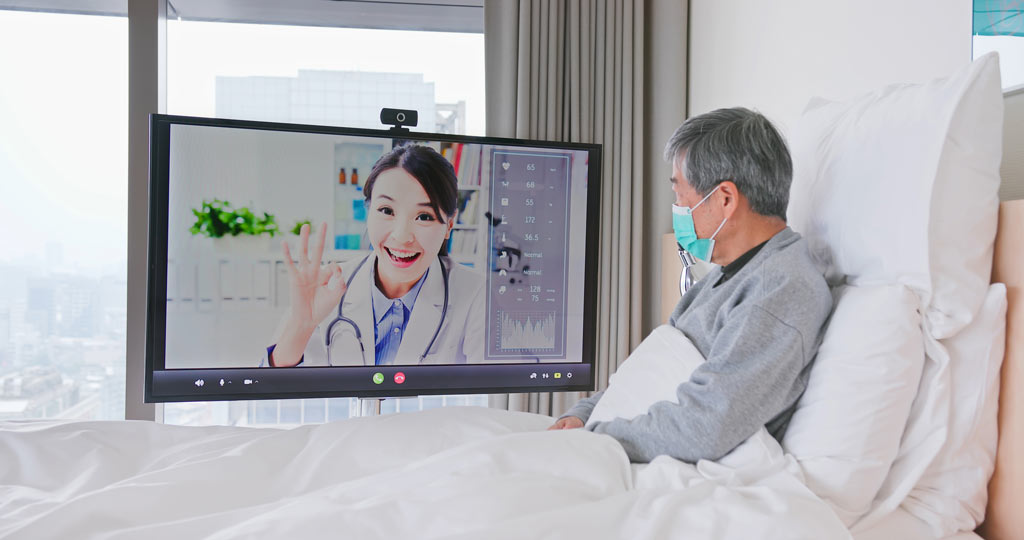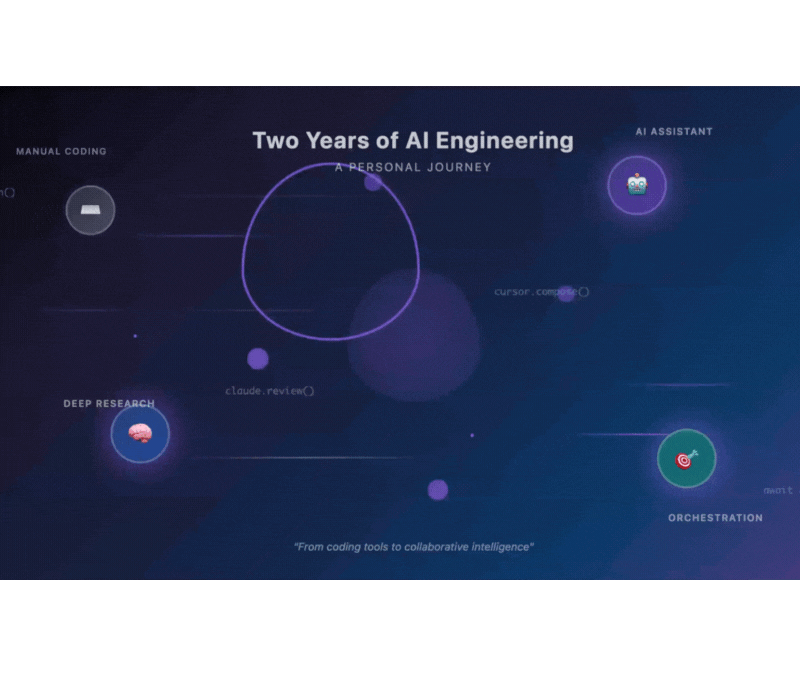From artificial intelligence to connected devices, advancements in healthcare technology are impacting the healthcare industry for the better. These positive changes reshape what it means to be a healthcare provider, and for that matter, a patient.
The breakneck speed of developments in new technology in healthcare can sometimes seem difficult to keep up with if you are a provider organization — be that a hospital, a managed care facility, or an individually-owned medical practice. However, it’s important to stay on the cutting edge. This is especially true if you aim to provide the best patient experience and highest quality care possible.
That said, here are three of the most impactful technologies influencing healthcare today.
1. Artificial Intelligence & Machine Learning
Artificial intelligence and machine learning (AI/ML) are two of the most transformative technologies shaping all industries and sectors today, including healthcare.
While there are many challenges in implementing AI/ML tech in a healthcare setting to be sure, there are just as many if not more benefits of AI in healthcare.
For instance, generative AI can help health systems manage financial and operational challenges by improving efficiency and patient care.
Revenue-focused healthcare organizations can address their financial hurdles by driving more focused and practical innovations, such as leveraging AI to optimize workflows and reduce costs.
What’s more, AI converges with other healthcare technologies such as remote patient monitoring and robotic process automation to further streamline operational efficiency and increase the quality of care for healthcare organizations that use it wisely.
Here are five more examples of how AI is being used already in healthcare today:
- Early detection and diagnostics assistance
- Individualized treatment plans and decision making
- Assistance with minimally invasive procedures
- Patient support and patient monitoring
- Predictive maintenance of medical equipment
2. Telemedicine
The Internet of Things (IoT) makes it easier for healthcare providers to deliver telemedicine solutions to patients.
With that comes a number of benefits, including:
- More Accessible Care: By enabling remote consultations, telemedicine eliminates geographical barriers, enabling care to happen anywhere, anytime. This can be especially beneficial for patients with mobility issues, chronic illnesses, or limited access to transportation.
- Improved Patient Engagement: Telemedicine is associated with more frequent and flexible touchpoints between patients and healthcare providers. This may lead to patients taking a more active role in their health management and, by extension, improved adherence to treatment plans and better health outcomes.
- Potential for Reduced Costs: Providers often benefit from lower overhead and operating expenses. Patients often benefit from reduced travel, childcare, and fewer potential days of missed income.
3. Wearables, Smart Device Monitoring, & Remote Patient Monitoring
Remote patient monitoring is closely associated but not exactly the same as telemedicine. Whereas telemedicine deals with treating conditions and illnesses, up to and including having virtual visits, remote patient monitoring is an ongoing process that extends past appointment times.
The IoT and other healthcare technologies now allow providers to monitor patients from the comfort of their own homes. Not only is this convenient for patients, especially those who are home-bound, but it’s also potentially life-saving.
Remote patient monitoring can be used in the prevention and early detection stages of treatment. Smart device monitoring, which is related, can be especially beneficial for keeping tabs on patients with chronic conditions.
Transform the Way You Provide Care with Digital Scientists
At Digital Scientists, we solve complex problems with technology and data.
Whether you’re a clinician or a hospital manager or administrator, see how your healthcare establishment could benefit from our healthcare consulting and solutions, including mobile app development, Software as a Medical Device (SAMD), data engineering, Medical AI, and more.



